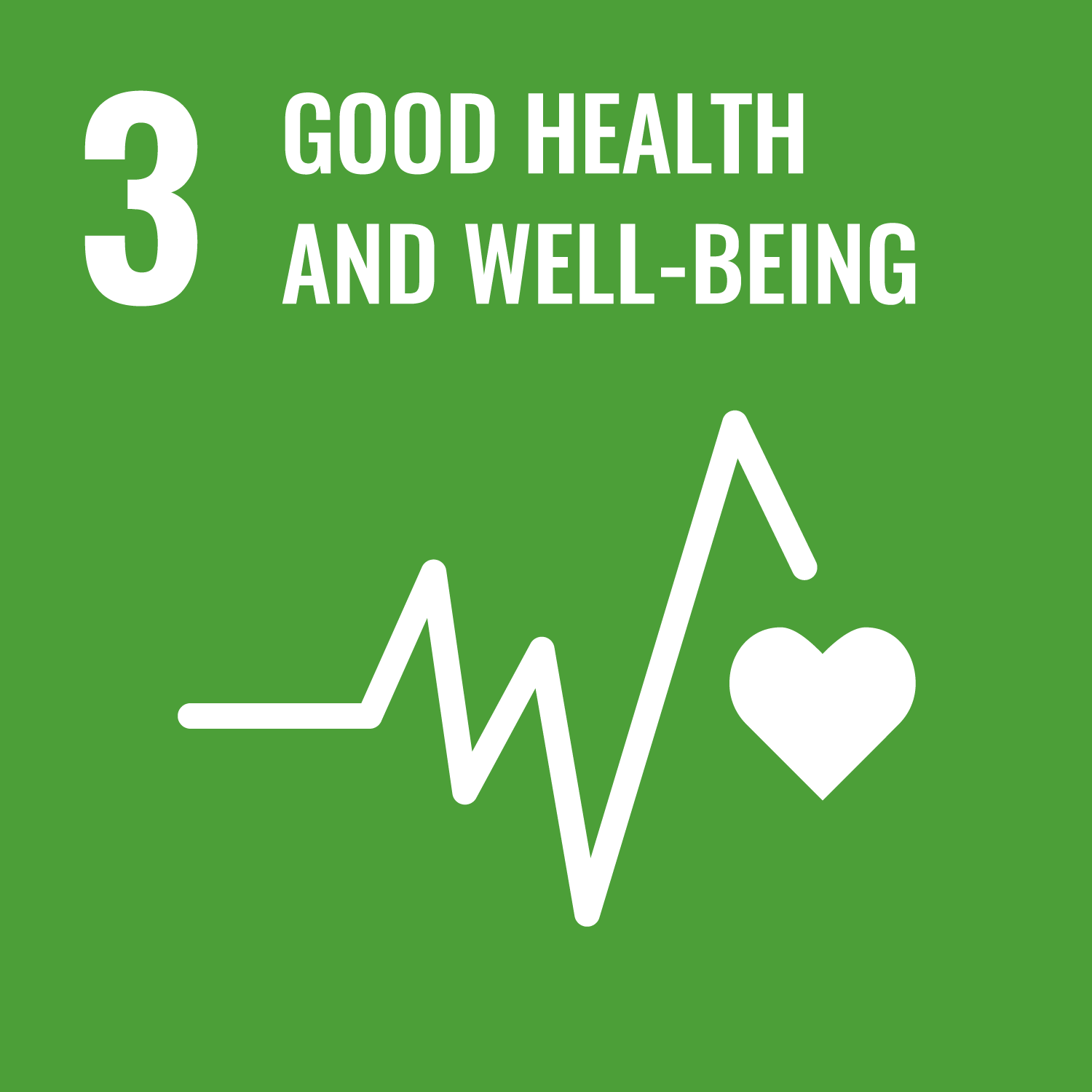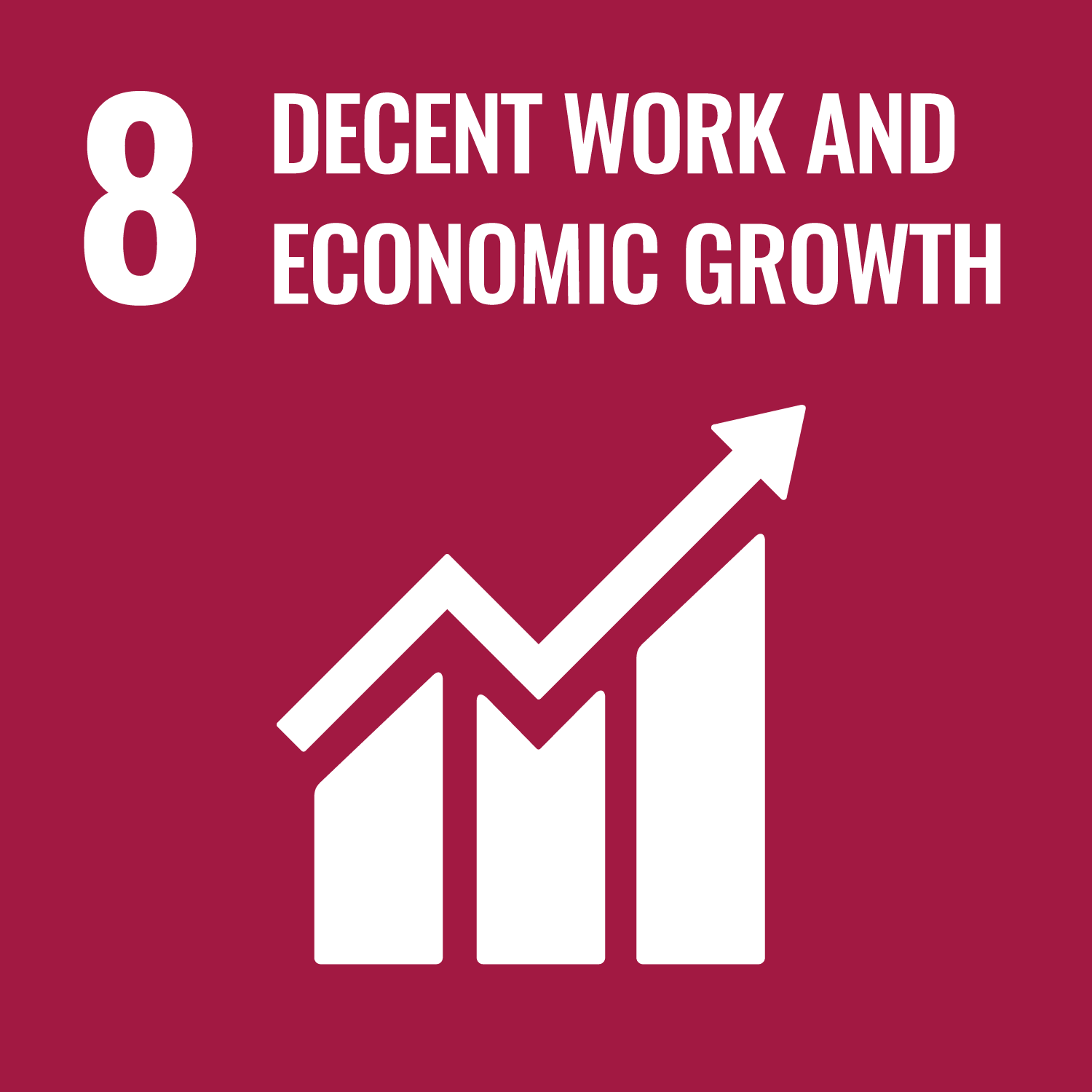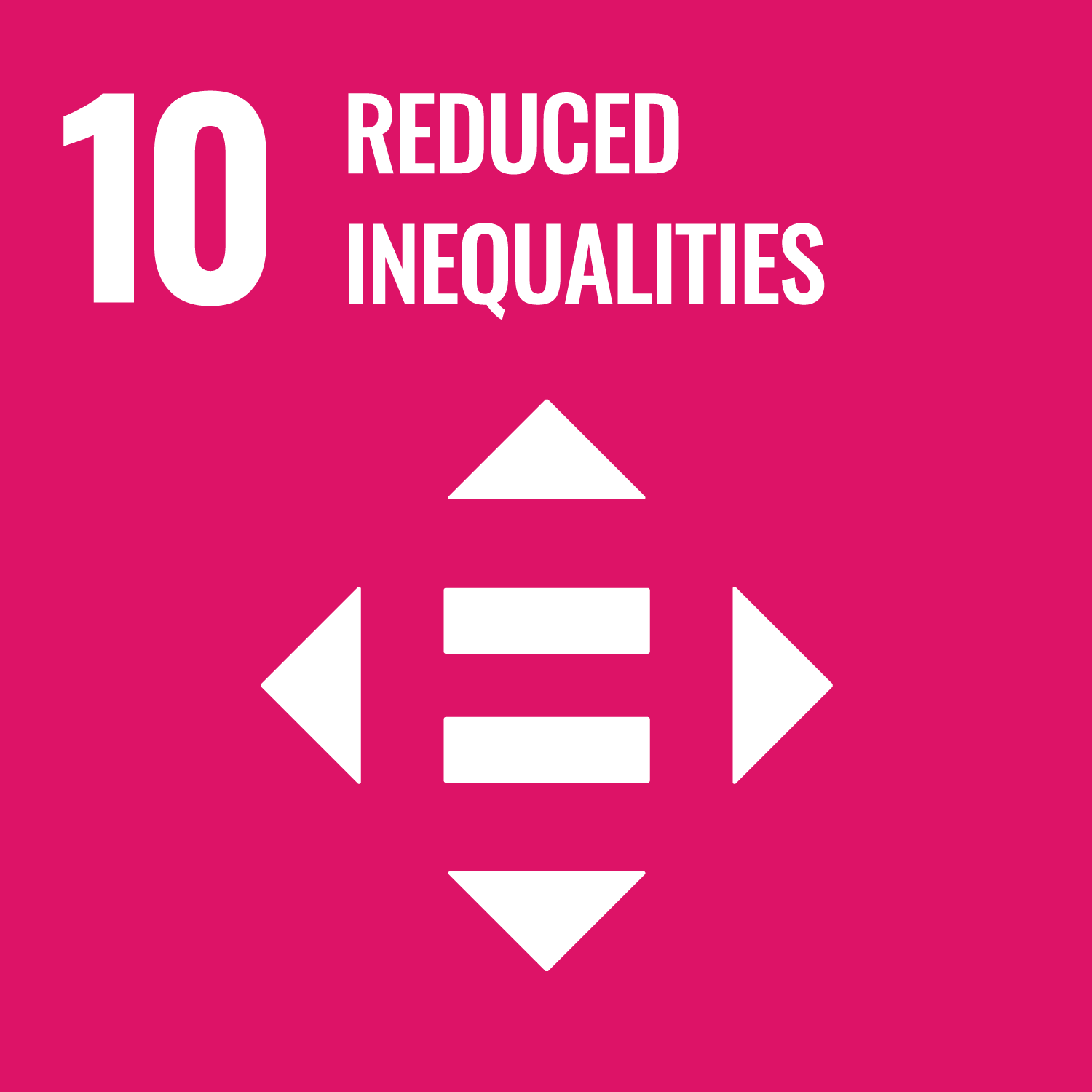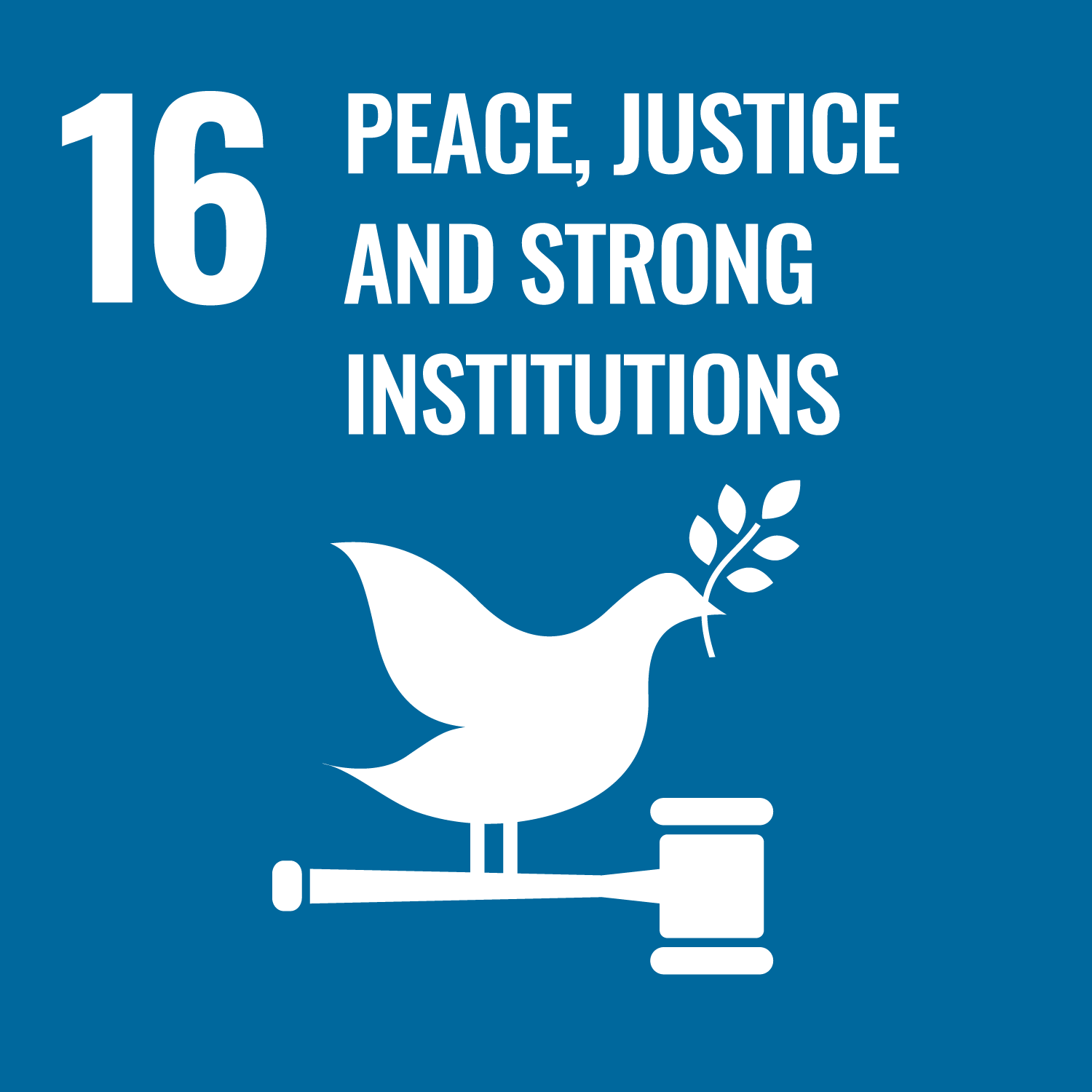SDG Detail
How to manage psychosocial hazards in the workplace
NoneProject description
While it can be easy to overlook the subtle connection between power dynamics and mental health in the workplace, this link is crucial to minimising psychosocial hazards. In the last ten years, Australian workers have been reporting an increased number of mental health issues. For example, around 15 per cent of workers aged 18-34 reported high levels of psychological distress in 2017, which doubled to more than 30 per cent during the COVID-19 pandemic. The most common reasons for work-related mental stress are work pressure (31 per cent), work-related harassment and bullying (27 per cent) and workplace violence (14 per cent). According to Safework Australia, work-related psychological injuries have longer recovery times, higher costs, and require more time away from work. Managing the risks associated with psychosocial hazards protects workers and minimises costs and disruption associated with staff turnover and absenteeism and can improve productivity.
Project aims
Project outcome
Related SDGs
The corresponding sustainable development goals correlated with this project. You you click the icon to link to SDG category description page.












